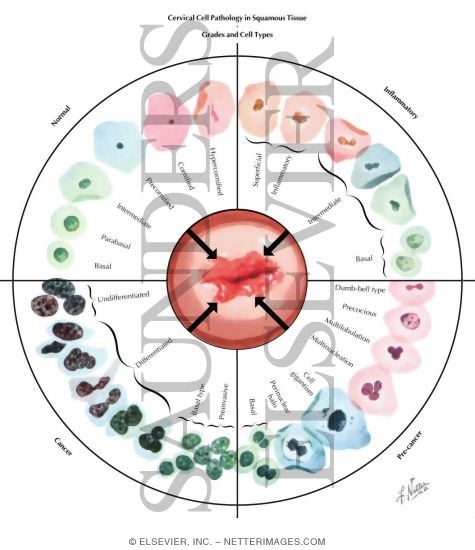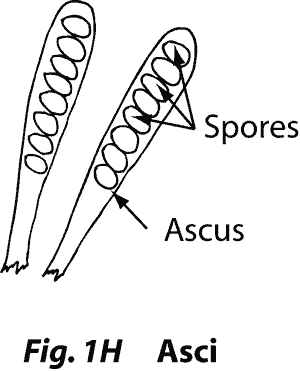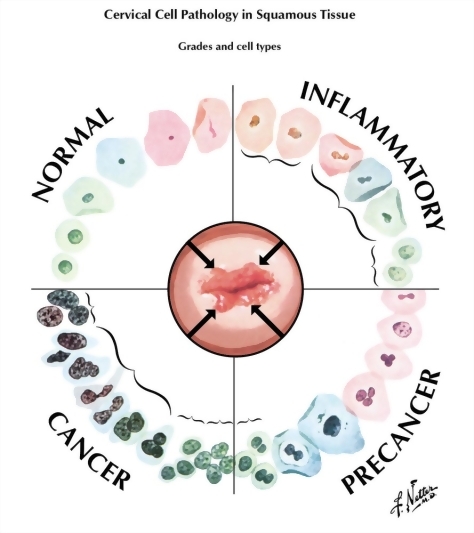Ascus
The ascus (plural: asci, translated hose) is the characteristic and name-giving ( for the scientific name Ascomycota ) reproductive organ of the Ascomycota.
Is a bag-like and elongated container in which the pitch reduction of the mushrooms takes place and in which the haploid ascospores arise, which in turn represent the shape distribution in some fungal species. Sporulation is often necessary to quickly generate offspring to overcome, for example, periods of hunger.
Ascus classification
In the classification of fungi, the tube form of the ascus plays a role. It can be here basically distinguish four types:
- A unit unikat - operculater ascus has release a built-in " lid ", the operculum, which has a built in weak point at which it leaves for the maturation of spores and those in this way. Unitunicate - operculate asci occur only in the apothecia Ascokarpen mentioned before, so for example with the morels.
- In contrast, a unit unikat - inoperculater ascus has no operculum. Component is replaced with an elastic ring, which works like a pressure valve. At maturity it extends briefly and leaves so the spores shoot out. This type is found both in apothecia and in perithecia. A sample type is the gold mold shown ( Hypomyces chrysospermus ).
- A bitunikater ascus is characterized in that it is surrounded by a double wall. This is composed of a thin brittle outer shell and a thick elastic inner wall. Once the spores are ripe, the shell splices open so that the inner wall can absorb water. As a result, this begins to expand, along with the spores contained in it and that until it rises above the rest of the Ascokarps so that the spores can freely travel from fruiting bodies of the fungus in the free flow of air. Bitunicate asci occur exclusively in Pseudothekien and can be found for example in apple scab (Venturia inaequalis) and horse chestnut leaf blight ( Guignardia aesculi ).
- No active release mechanism have the most spherical built prototunikaten asci. In them, the mature ascus wall simply dissolves either, so that the spores can ooze out, or they will be broken by external influences such as animals. Prototunikate asci are found both in perithecia and in Kleistothekien, such as the blue stain fungi ( Ophiostoma ). Since it 's more of a generic term for not belonging to the other three types of asci, it is considered likely that they have evolved independently several times from unit -offs asci.










